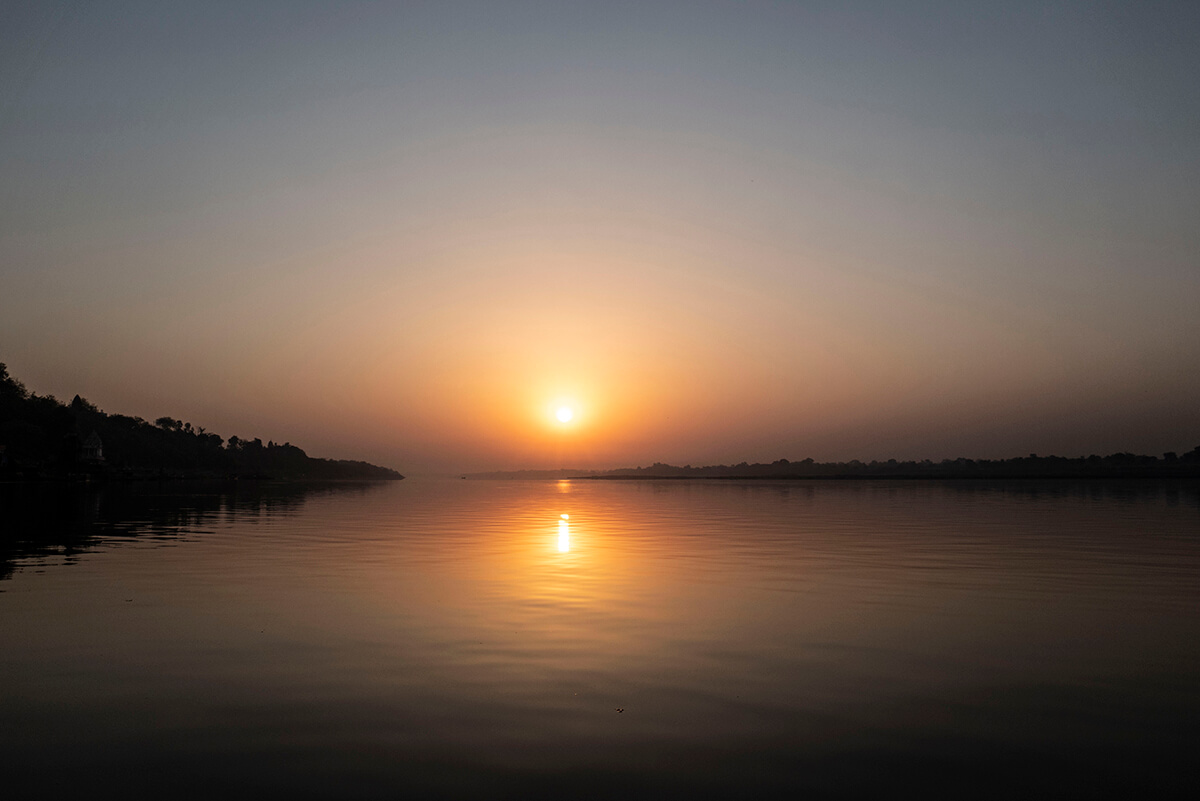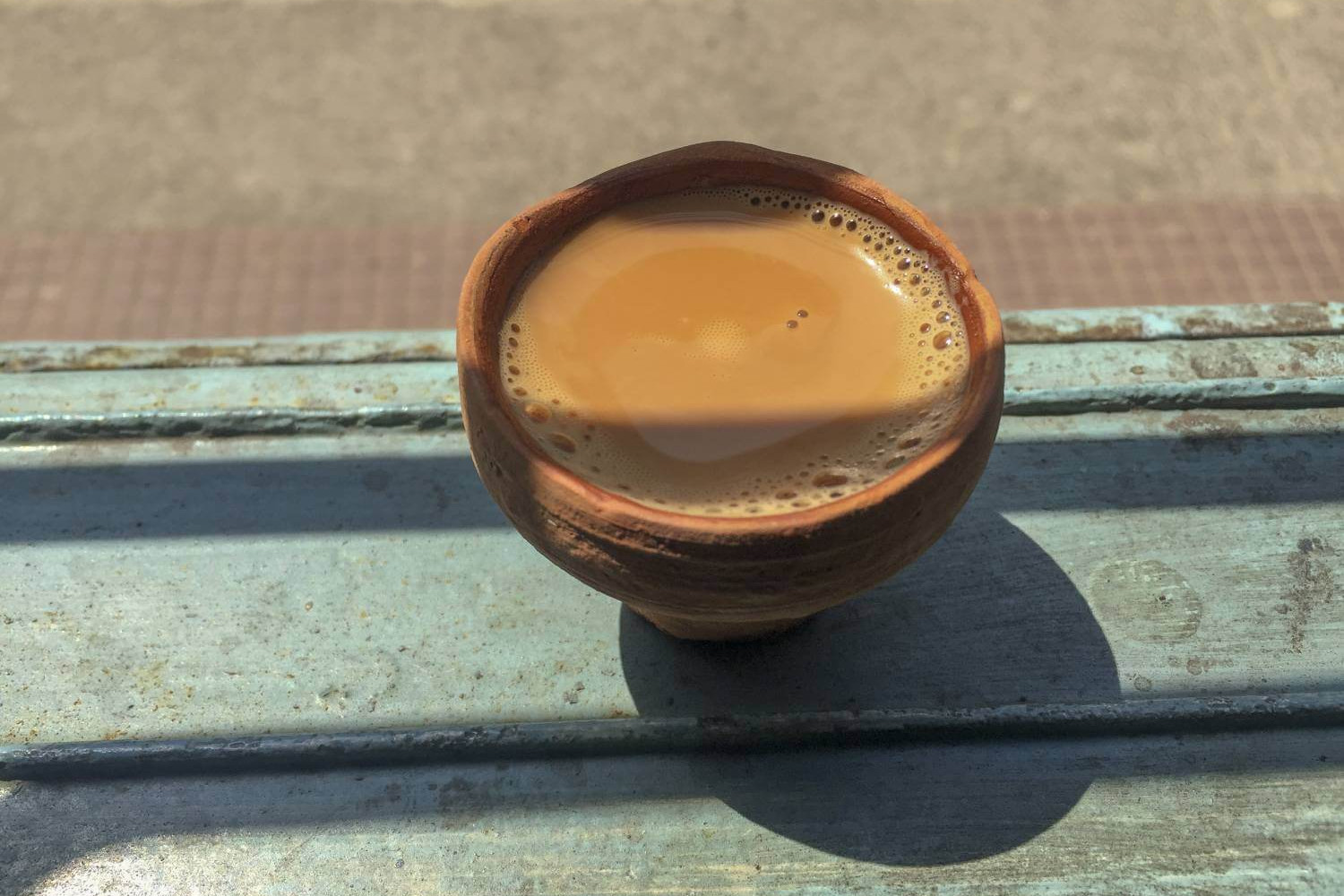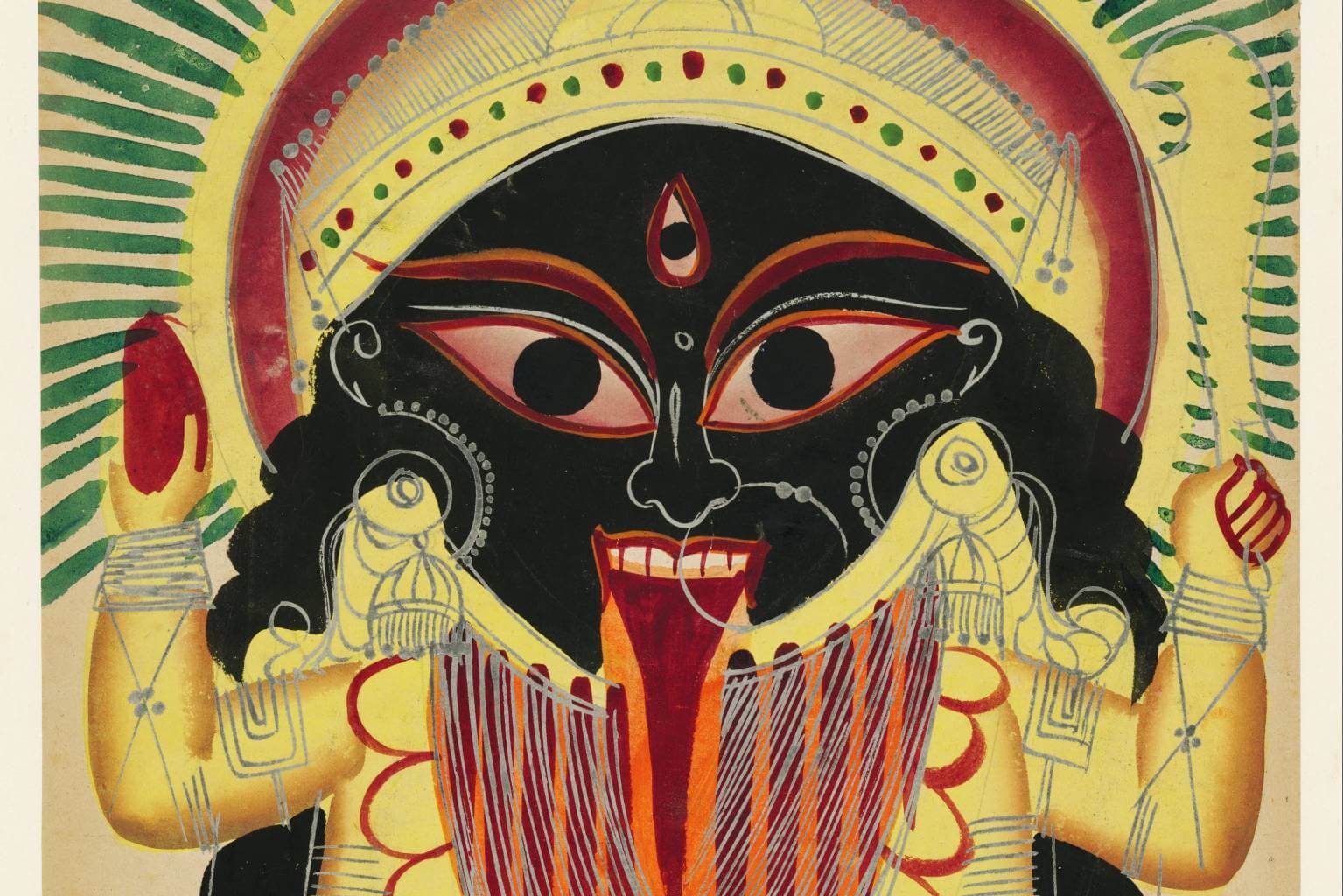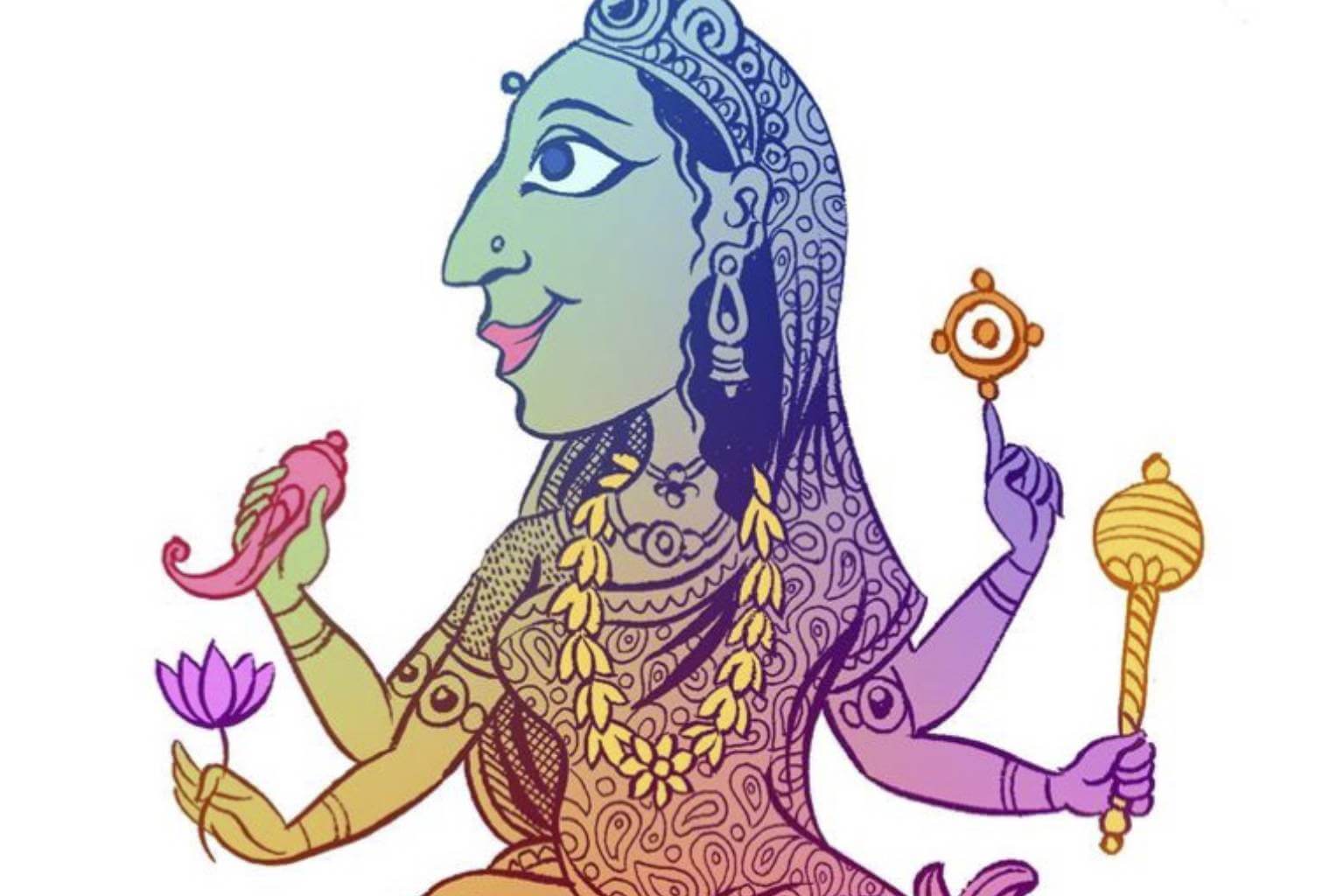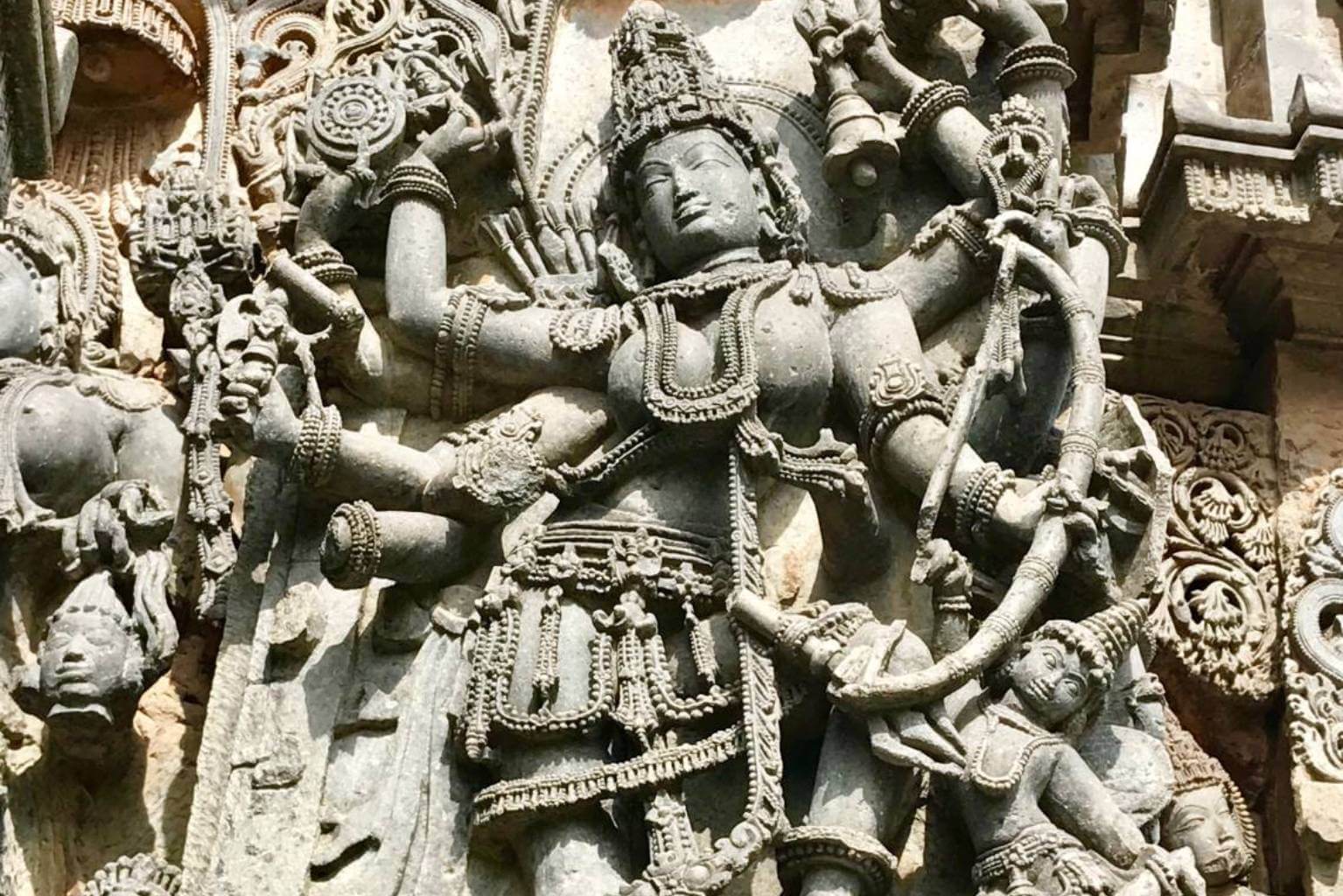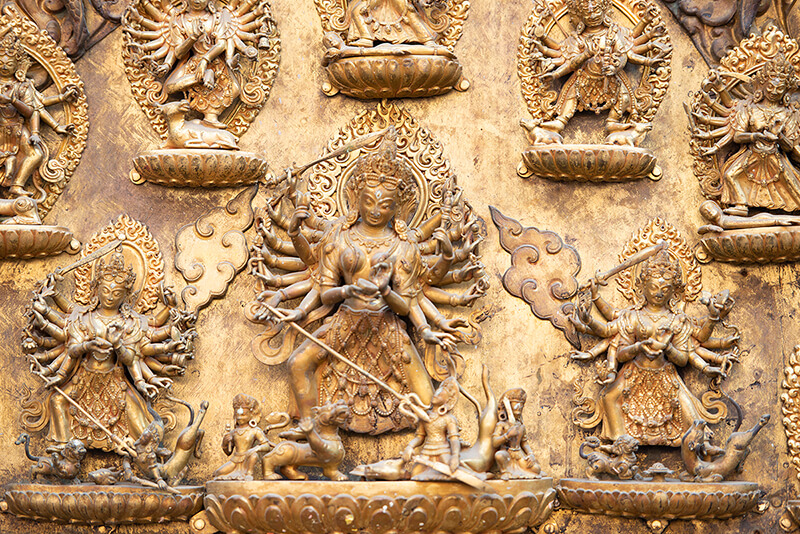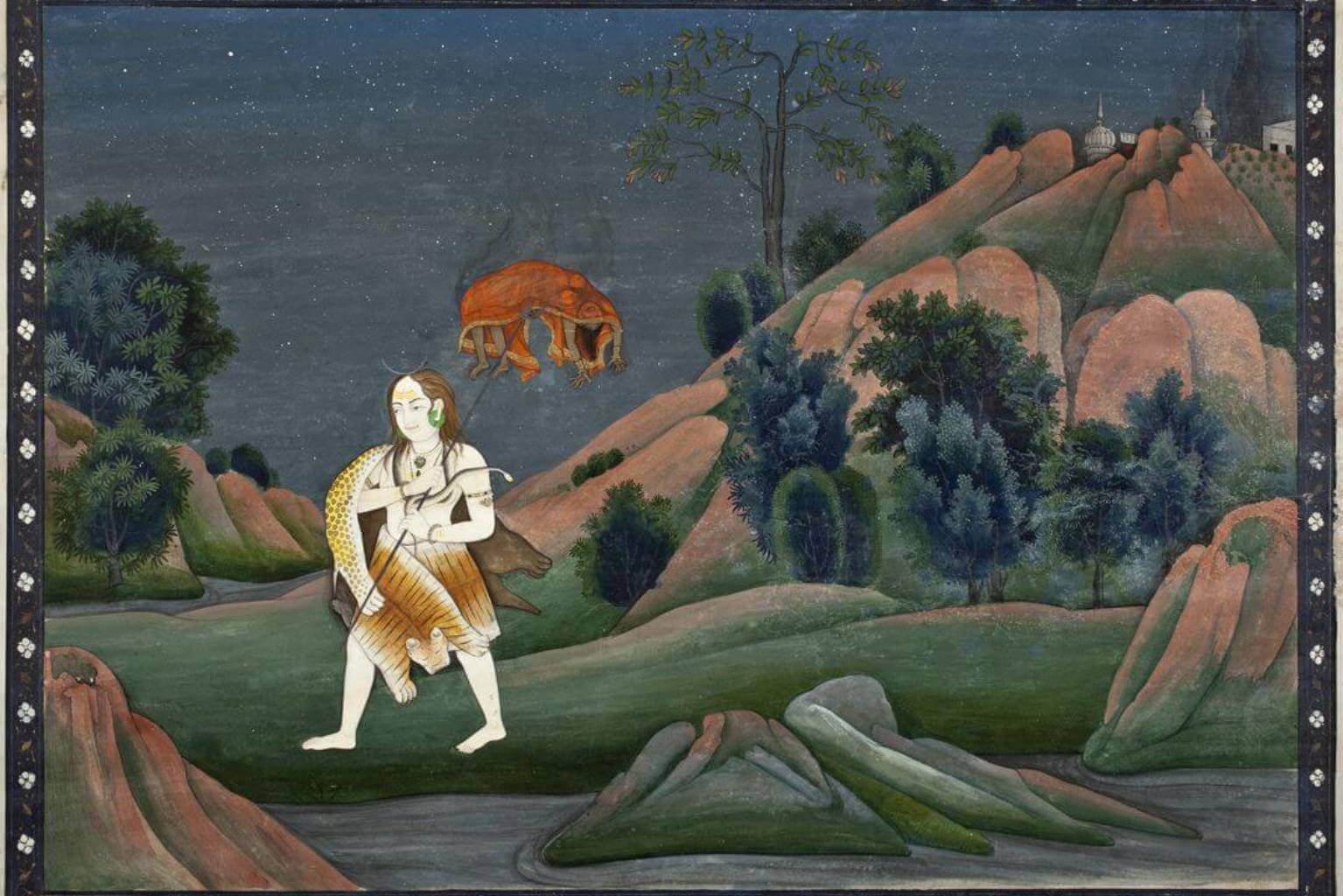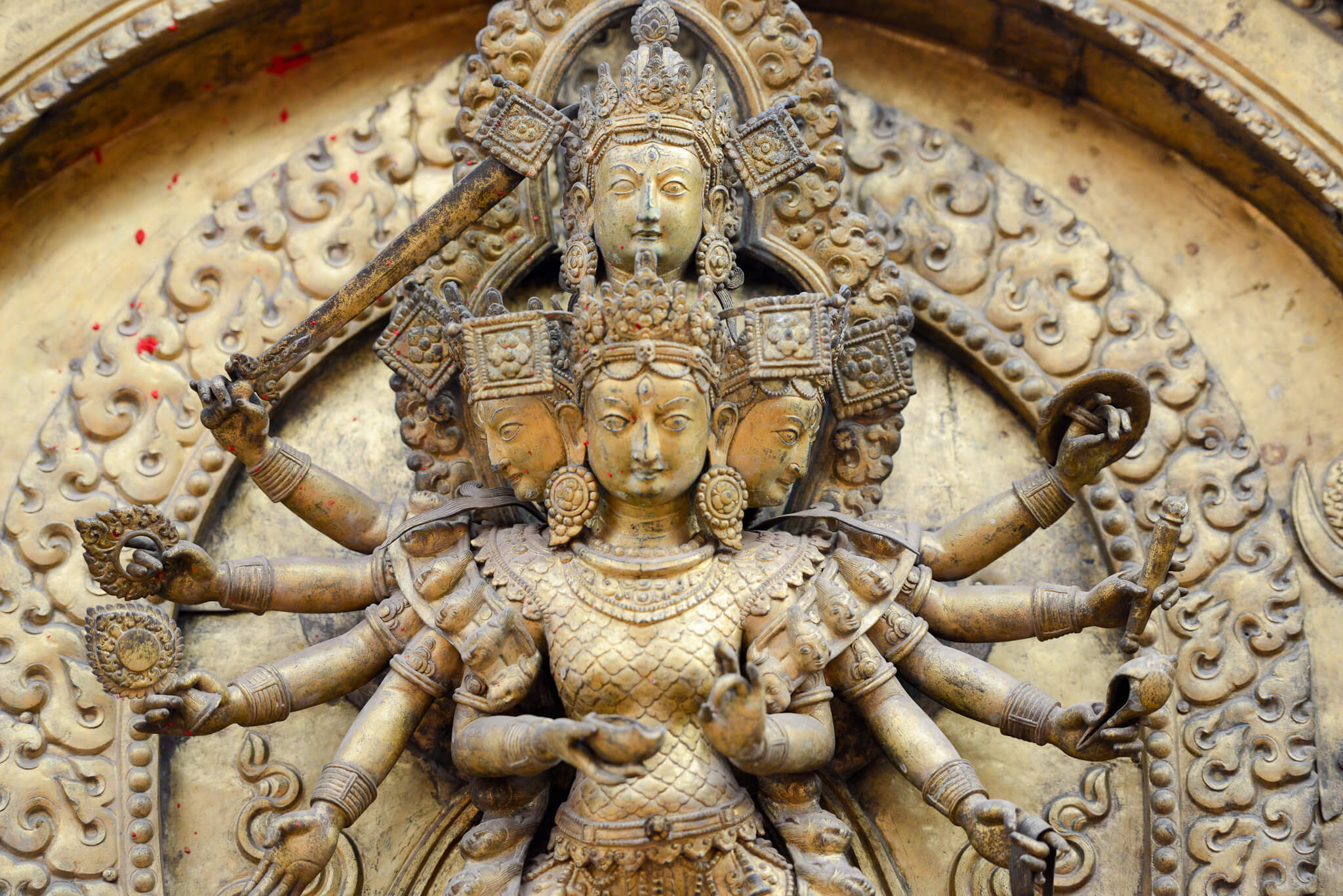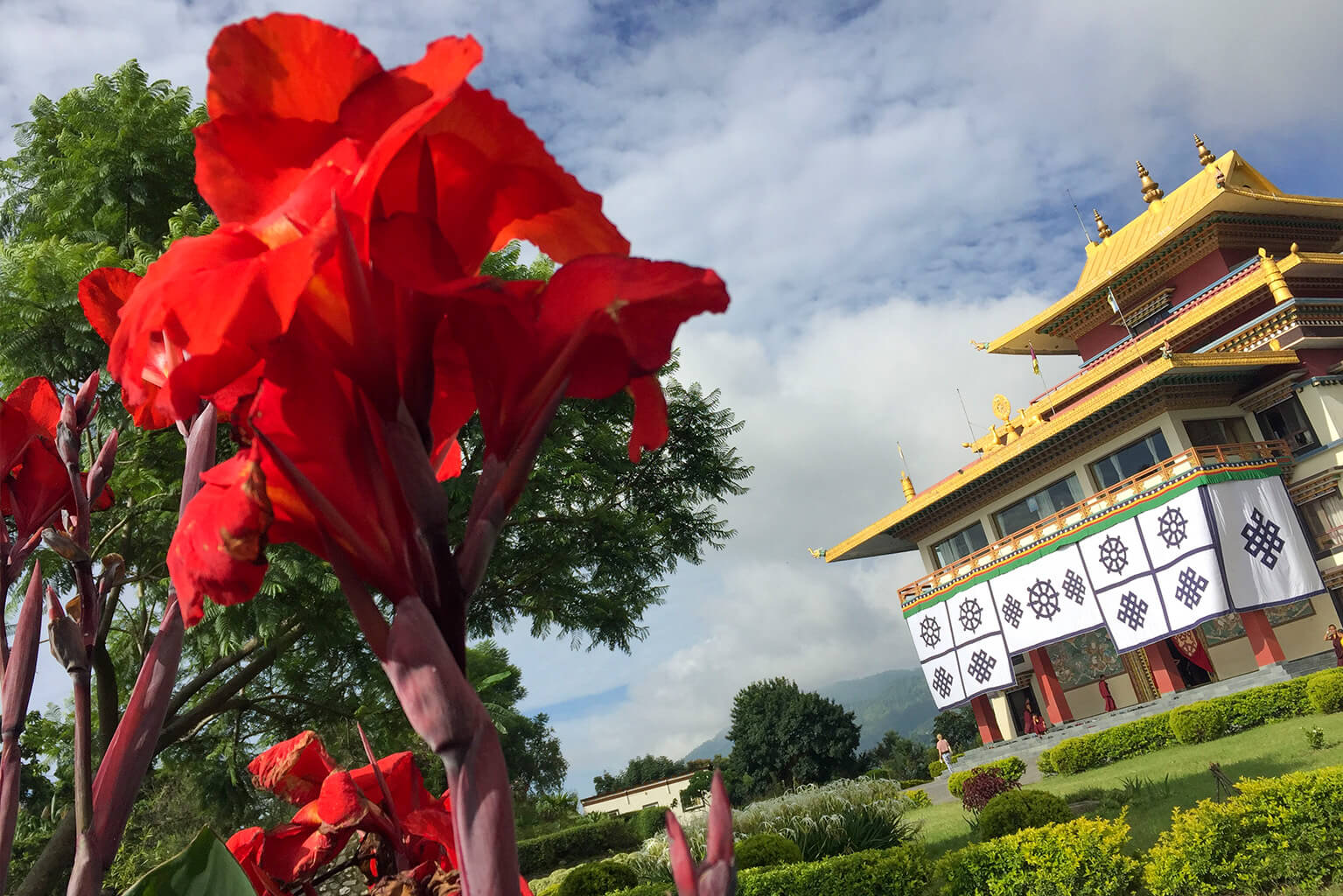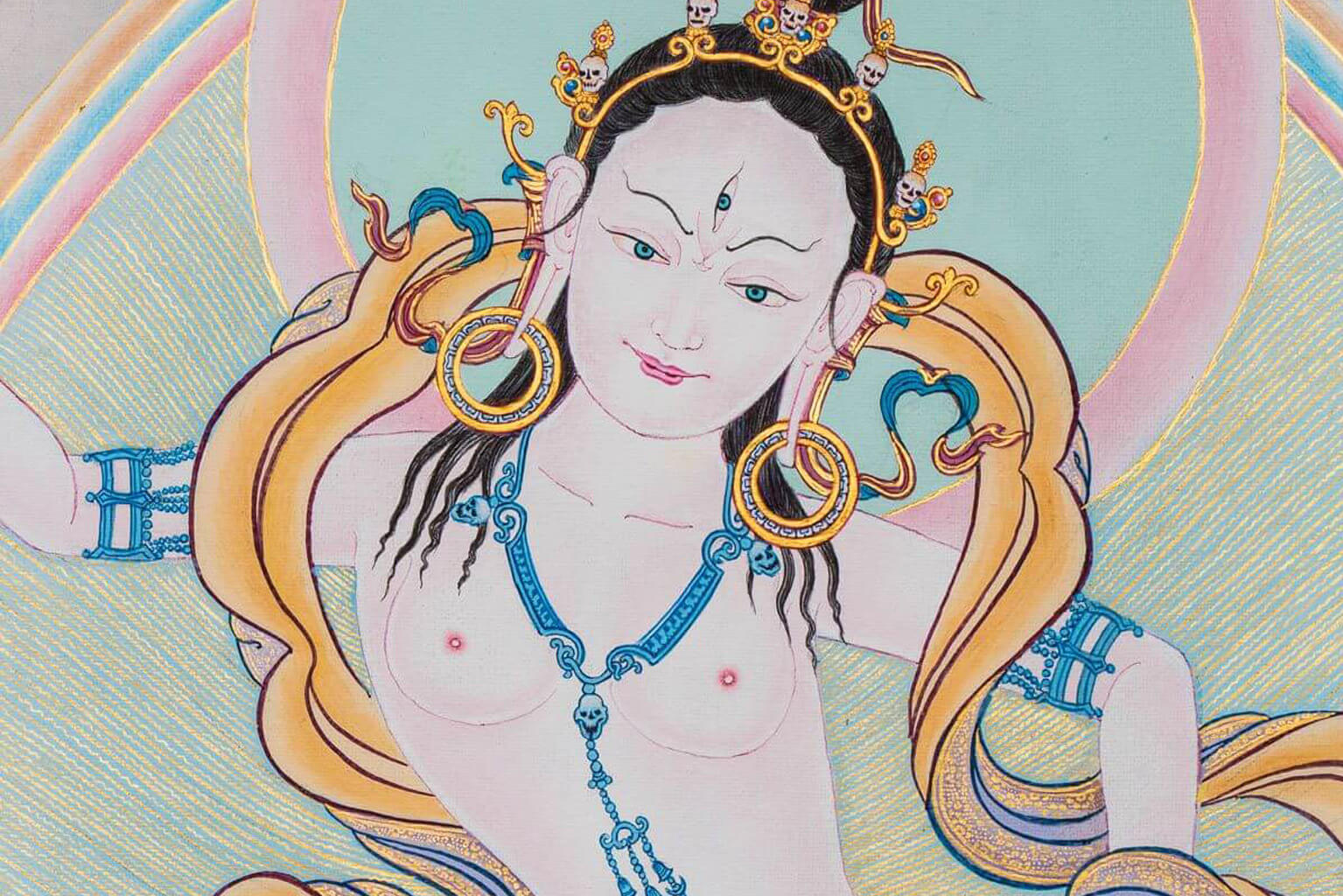....I visit the ancient temple town of Maheshwar in Madhya Pradesh to explore the ghats, bathe in the sacred Narmada river, see the Ahilyabhai Fort and Palace, and some of the best hand-loomed textiles in India. And meet yogis.
...My pilgrimage to Shakti Peeths in the tantric heartland of West Bengal meeting Baul minstrels and a jungle yogi on the way.
...She is in an absolute rage. Eyes are red with intoxication. Hair is disheveled. Small fangs protrude out of her mouth, and her tongue is lolling, dripping with blood.
...The Navadurgas, or the nine manifested forms of Goddess Durga, are venerated during the festival of Navaratri. In the Chandi Path, the Navadurgas are known as the Relievers of Difficulty and each Devi is endowed with unique powers and characteristics.
...Devi Durga is usually depicted riding into battle on a lion, with ten arms, each hand holding a celestial weapon or assuming a mudra (symbolic hand gesture).
...Devi Durga is known as the Invincible One, the Mother of the Universe. Lord Shiva called Ma Durga by 108 names in order to please her. Each name represents a quality that she possesses.
...Shakti Peeth, or “Seat of Shakti”, is a sacred place of eternal power— a significant shrine or pilgrimage destination — where a part of Devi Sati’s body, or a piece of her jewellery, fell to earth. Shakti refers to the Goddess worshiped at each location, all being manifestations of Sati; later known as Parvati or Durga.
...Goddesses come in all forms and sizes from the fair-skinned and demure Gauri, with curvaceous hips and full breasts, to the ferocious emaciated crone, Chamundi, who lives in the cremation grounds with ghouls and predatory animals like jackals and vultures.
...The unique part of the Nepal TTC is the Philosophy on the Road module where students visit sacred sites, centuries of Buddhist viharas and Hindu temples, hang prayers flags, have darshan with a priest and visit the cremation grounds at Pashupati.
...Machig Labdron was an 11th CE Tibetan yogini whose teachings and practices of Chod have profoundly influenced all schools of Tibetan Buddhism.


